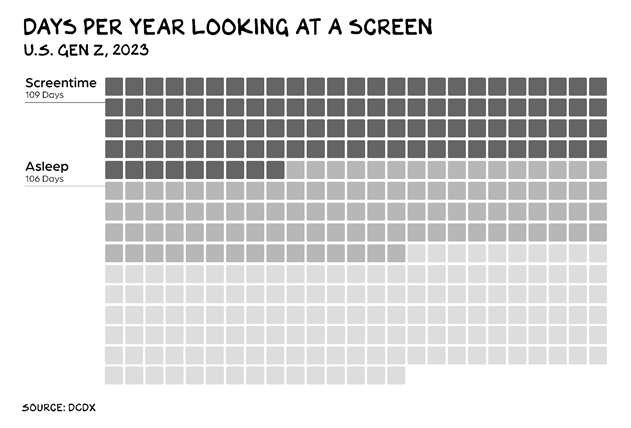“In your lowest moment, you find the most out about yourself.” - Marcus Freeman
Hey Coaches,
One of my favorite ways to ‘do good’ every year is to buy Girl Scout Cookies from Troop 6000, which serves families living in temporary housing/shelters in NYC! Embrace your inner fat*ss and buy some cookies for a good cause!
Here you go!
✍️ Articles
How the Thunder turned 'youthful energy' into a winning culture - ESPN wrote about the culture that’s helped make the Oklahoma City Thunder the #1 team in the NBA (click here if the above link is paywalled).
"They want to be a part of something bigger than themselves," Daigneault said. "I think that's one of the things that Sam's nailed in this process. The types of people that we've brought in the door, regardless of whether they're still here or they're not, by and large, have been committed professionals that are ambitious, but they're also willing to complete the team.
"So that's been a huge starting point. And then you take those people, you put 'em in a stable environment, you educate 'em on the value of all the invisible things, and you hammer that over and over again. You hammer that environment over and over again. You hammer those messages over and over again and then you double down on the people that you have and just allow that to grow and compound."
🎙️ Podcast
The Daily Stoic: Bob Bowman on Coaching Champions | Michael Phelps, Discipline, and Self Mastery - Bowman famously coached Michael Phelps from from an early age through his entire career. He discuss the pressures of success, the role of mastery, and the importance of maintaining passion and balance in highly driven athletes. [1/18/2025 - 65 minutes] Apple | Spotify
💭 Miscellaneous
"Gen Z spends an average of 109 days per year looking at a screen. Eighty percent of our waking hours are spent consuming information, up from 40% in 1980 (source)."
Nassim Taleb on Signal vs. Noise (source)
“The more frequently you look at data, the more noise you are disproportionally likely to get (rather than the valuable part, called the signal); hence the higher the noise-to-signal ratio.
And there is a confusion which is not psychological at all, but inherent in the data itself. Say you look at information on a yearly basis, for stock prices, or the fertilizer sales of your father-in-law’s factory, or inflation numbers in Vladivostok. Assume further that for what you are observing, at a yearly frequency, the ratio of signal to noise is about one to one (half noise, half signal)—this means that about half the changes are real improvements or degradations, the other half come from randomness. This ratio is what you get from yearly observations.
But if you look at the very same data on a daily basis, the composition would change to 95 percent noise, 5 percent signal. And if you observe data on an hourly basis, as people immersed in the news and market price variations do, the split becomes 99.5 percent noise to 0.5 percent signal. That is two hundred times more noise than signal—which is why anyone who listens to news (except when very, very significant events take place) is one step below sucker.”
🤟 Colby’s Favorites
🛡️ Don’t use public wi-fi without protecting your information with NordVPN.
🤑 Earn cash back for your online shopping for free. Click here*





